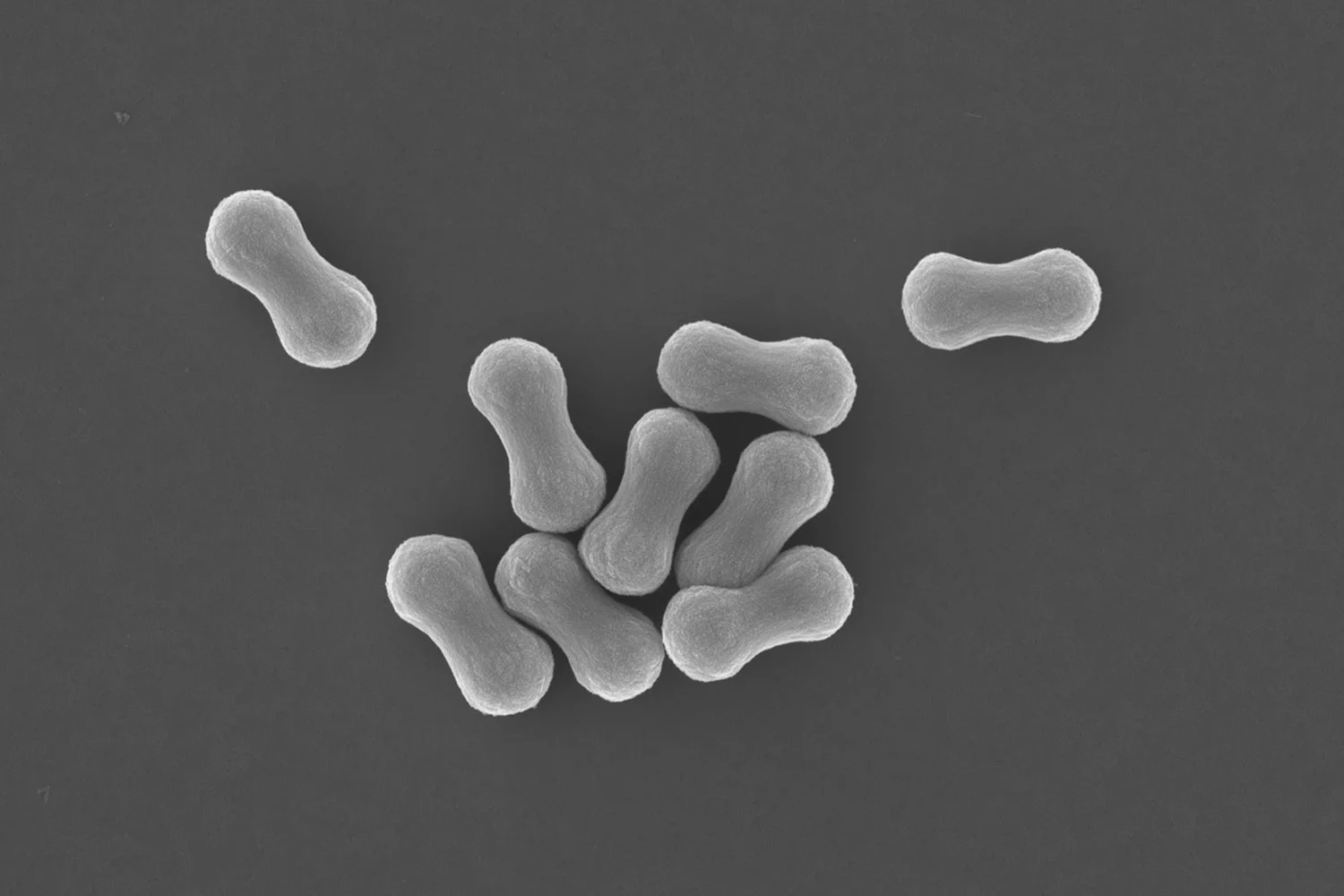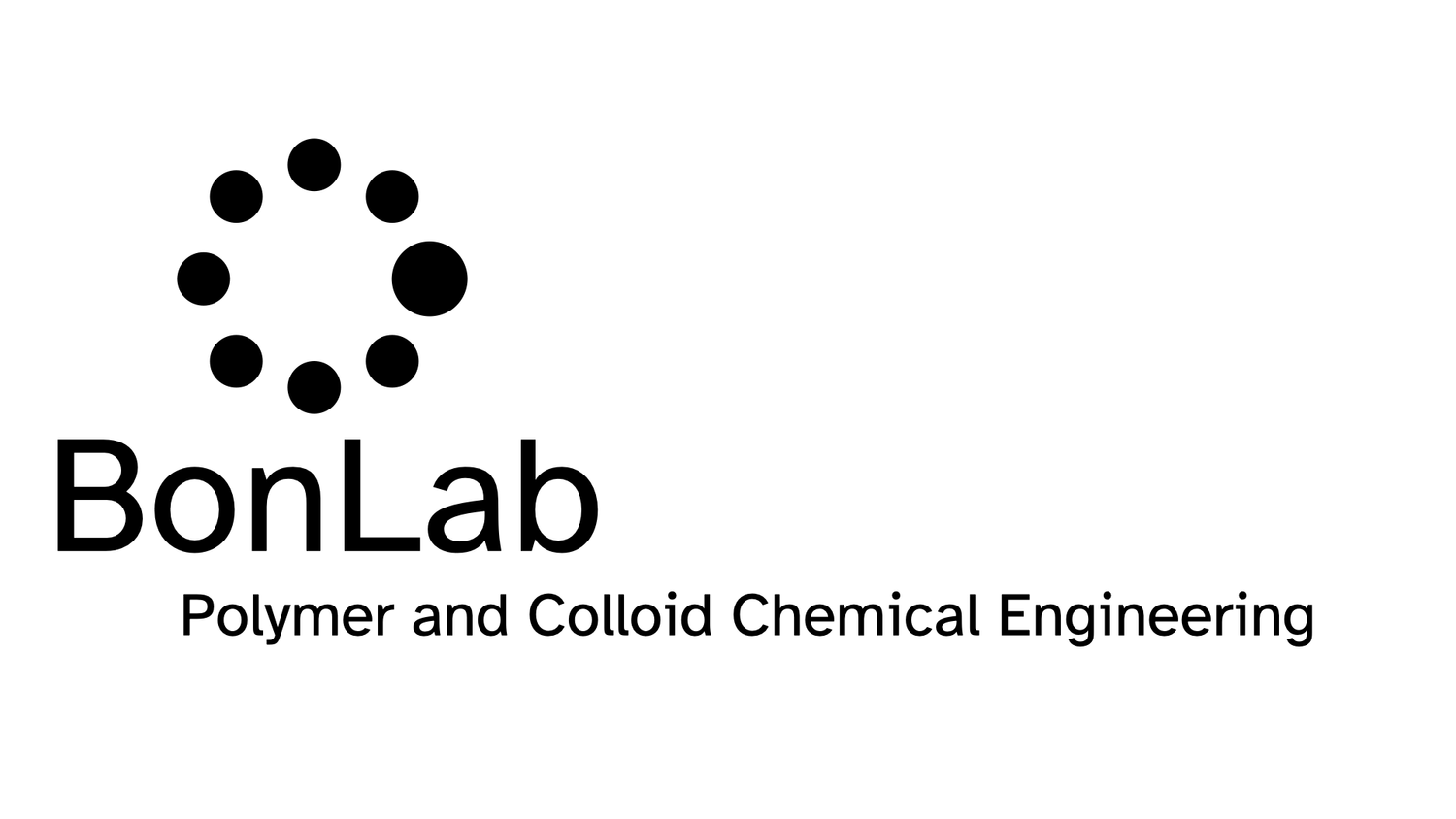
BONLAB BLOG
Thoughts
&
Scientific Fiction
Stefan Bon receives Warwick Award for Teaching Excellence (WATE)
The Warwick Awards for Teaching Excellence (WATE) are handed out annually by the University of Warwick (UK) and aim to recognise those who have made a difference to the student learning experience through their work and their teaching practice. This year there were over 400 nominations by staff and students.
After an extraordinary academic year (2020-2021), WATE will be celebrating stories of ’everyday excellence’ in challenging times. Award winners are recognised for their exceptional commitment, impact and innovation to higher eduction by supporting students and colleagues, planting the seeds for future approaches to teaching and learning as we emerge from the global COVID pandemic.
One of the recipients this year of an individual Warwick Award for Teaching Excellence (WATE) is prof. dr. ir. Stefan Bon, a chemical engineer with expertise in polymer and colloid science, who works in the Department of Chemistry within the Faculty of Science, Engineering, and Medicine.
Prof. Bon is passionate about and dedicated to education, has an excellent relationship with the students, and has a track record to innovate in and to deliver great learning environments and experiences for students at Warwick. Throughout the years he has delivered original and exciting modules in polymer and colloid science, thermodynamics, kinetics, mathematics, key skills, and chemistry practical lab classes.
His creativity, drive, and passion to teach science and his engagement with the student community have led to progressive educational ideas being implemented at Warwick University, amongst which Chemistry Café, a highly successful student led social informal learning space, a concept now rolled out to multiple departments.



Prof. dr. ir. Stefan Bon says: “ This award came as a total surprise. I am absolutely delighted to have been nominated by our students and I am thrilled that the WATE committee decided to make me one of this year’s WATE recipients. I truly feel touched by this, it means a lot.
I would like to say a massive ‘thank you’ to all the students for their enthusiasm and dedication to their studies, standing up for themselves and each other, and forming together the Warwick community, especially in these unusual and difficult COVID times. I am proud of what they have achieved, especially in this academic year.
Teaching science is a key reason why I became an academic. The opportunity to mesmerise people with scientific concepts and see them use and apply these with enthusiasm to discover new science and develop innovative strategies for a more sustainable society, makes me very happy.
The combined learnings from teaching over one academic year remotely/blended, together with the STEM-grand challenge plans Warwick University has for the sciences, is a not to be missed opportunity to provide a step-change in higher education delivery.”
Prof. Bon is contributing actively to this with colleagues from across the University and is leading a task group under the Education and Students Experience Work Group, to look at new and exciting learning opportunities and curriculum design and how these can be implemented for Warwick science.
Autonomous electricity-free "icy road" warning signs
We set out to develop a prototype for “icy road” warning signs which was able to operate autonomously without the use of electricity, and which could be easily placed onto existing road features, such as street boundary pillars and road safety barriers.
The number of road accidents in the UK under frosty or icy conditions runs in the thousands. Our concept would aid to reduce these numbers, without the introduction of a digital, and thus electric, infrastructure.
The results from our studies are now published open access in the Journal of Materials Chemistry C from the Royal Society of Chemistry. The conceptual road sign application is a multi-lamellar flexible strip.
We set out to develop a prototype for “icy road” warning signs which was able to operate autonomously without the use of electricity, and which could be easily placed onto existing road features, such as street boundary pillars and road safety barriers.
The number of road accidents in the UK under frosty or icy conditions runs in the thousands. Our concept would aid to reduce these numbers, without the introduction of a digital, and thus electric, infrastructure.
The results from our studies are now published open access in the Journal of Materials Chemistry C from the Royal Society of Chemistry. The conceptual road sign application is a multi-lamellar flexible strip.
A temperature triggered response in the form of an upper critical solution temperature (UCST) type phase separation targeted near the freezing point of water manifests itself through light scattering as a clear-to-opaque transition. It is simultaneously amplified by an enhanced photoluminescence effect. The essence is summed up in the supporting video.
The active layer in the strip is a polystyrene-based solution. When the temperature drops to near freezing the polymer molecules undergo a phase transition, from a coil happily dissolved, into a globule that crashes out of solution. This crashing out (phase separation) triggers the transparent active layer to become cloudy white, and thus opaque. The temperature at which this occurs is referred to as the cloud point. It is the result of the scattering of light caused by the different refractive indices of the two phases.
The clear-to-opaque transition of the active layer on the black strip allows us to introduce colour, either by adding a dye dissolved in the plasticizer liquid, or by printing a coloured translucent image on the top layer of the strip. This effect is shown in the image below where Pac-Man’s ghost only appear under freezing conditions.
Road sign displaying full colour temperature response by adding oil blue, rose bengal, and 4-phenylazopheonl dyes to polystyrene-DOP mixture. The patch was imaged at below, above and below phase separation temperature (freezing point of water), top, middle and bottom, respectively.
We wanted our road sign to be more visible in the dark. For this the concept of restricted motion enhanced photoluminescence, often referred to as aggregation-induced emission (AIE), was used. Polystyrene labelled with tetraphenylethylene (TPE) was used for this. The fluorescent tag emits light vividly under icy conditions, as the combination of phase separation, increased viscosity of the system, and lower temperatures restricts its motion and thus enhances its light emission (see video).
Prof. dr. ir. Stefan Bon says: “We worked on this project for a number of years, with a team of talented people which included undergraduate, master, and PhD students and research fellows. The project was co-led by Robert Young and Joshua Booth, who are shared first author on the paper. We are delighted with how it turned out, and are pleased that all is now published open access in the Journal of Materials Chemistry C. We hope that people are enthusiastic about the concept.”
The paper can be accessed from here:
https://doi.org/10.1039/D1TC01189H
Replacing titanium dioxide as opacifier: consider a shape change
A fresh lick of paint breathes new life into a tired looking place. Ever wondered how a thin layer of paint is so effective in hiding what lies underneath from vision? Beside colour pigments, and a binder that makes it stick, paints contain microscopic particles that are great at scattering light and turning that thin layer of paint opaque. The golden standard for these opacifiers is small titanium dioxide particles, of dimensions considerably smaller than one micron. Their use is not without controversy, as they pose a significant environmental burden, with a substantial carbon footprint and a questionable impact on human health. Ideally, though, titanium dioxide should be replaced, but the list of safe, high refractive materials is very limited. Here we provide a potential solution.
A fresh lick of paint breathes new life into a tired looking place. Ever wondered how a thin layer of paint is so effective in hiding what lies underneath from vision? Beside colour pigments, and a binder that makes it stick, paints contain microscopic particles that are great at scattering light and turning that thin layer of paint opaque. The golden standard for these opacifiers are small titanium dioxide particles, of dimensions considerably smaller than one micron. Their use is not without controversy, as they are a big environmental burden, with a large carbon footprint and a questionable impact on human health. The reason why titanium dioxide particles are great at scattering light is that they have a high refractive index compared to the other paint ingredients, so when distributed throughout the dried paint film their hiding power of the underlying surface is fantastic. When no coloured pigments are used, the coated surface appears then whiter than white.
Ideally though, titanium dioxide should be replaced, but the list of safe high refractive materials is very limited. This makes you wonder if there is another handle, beside refractive index? Can we design efficient scattering enhancers from materials of lower refractive index?. Inspiration came from the white Cyphochilus beetle, native to southeast Asia. The scales of the beetle are not made of high refractive index materials, but they thank their white appearance to an intricate anisotropic porous microstructure, resembling the bare branches of a dense bush.
We at BonLab formed a team where researchers dr. Brooke Longbottom and dr. Chris Parkins together with dr. Gianni Jacucci and prof. Silvia Vignolini at the University of Cambridge (UK) designed a simplified mimic in the form of tiny rodlike silica particles and compared their scattering performance with spherical silica particles.
Our work published in the Journal of Materials Chemistry C from the Royal Society of Chemistry is part of their HOT paper collection and shows that the anisotropic silica particle outperform their spherical counterparts, and show excellent scattering performances across the visible electromagnetic spectrum when casted as a film.
SEM images and optical characterization of white silica supraparticles. a) low magnification SEM image of supracolloidal balls, b) higher magnification image of single supracolloidal balls, c) supracolloidal ball assembled in the presence of 0.01 M calcium chloride. Scale bars: a) = 15μm b&c) = 10μm. d) Reflectance spectra comparing the scattering properties of supraparticles with films of silica rod particles of similar size (thickness of 25μm). Supraparticles show performance comparable to the corresponding films. Increasing the disorder reduces the scattering efficiency. The reflectance spectra for the supraparticles were measured using a microscope, while for the film they were retrieved from the total transmission data.
We did not stop there, and went a step further to develop a prototype of a new class of micron-sized hiding pigment. We took these rodlike silica particles and assembled and sintered them into stable porous supracolloidal microspheres, as can be seen in the image above.
Prof. dr. ir. Stefan Bon says: “This work has been a number of years in the making. It was an absolute pleasure to work with prof. Silvia Vignolini and her team. We are very happy with the end result. We hope that this new type of hiding pigment provides inspiration to those who wish to replace titanium dioxide. After all, there is more to opacifiers than refractive index.”
The paper can be accessed from here:
https://doi.org/10.1039/D1TC00072A





